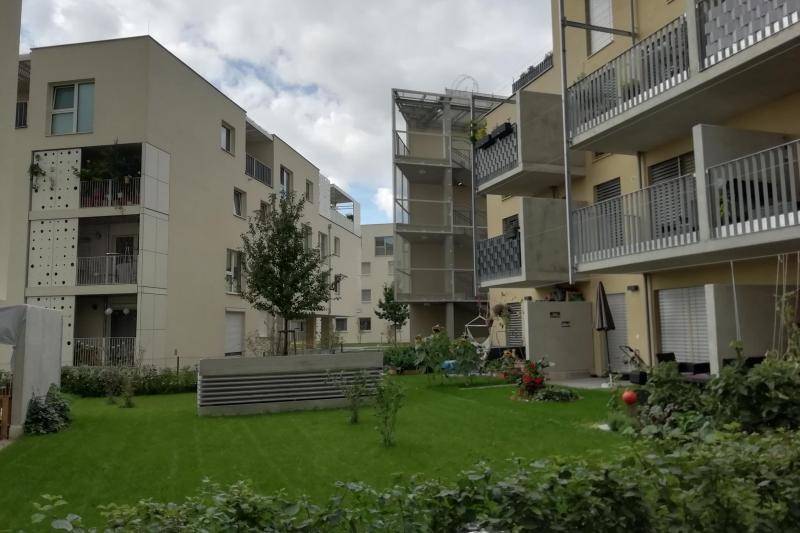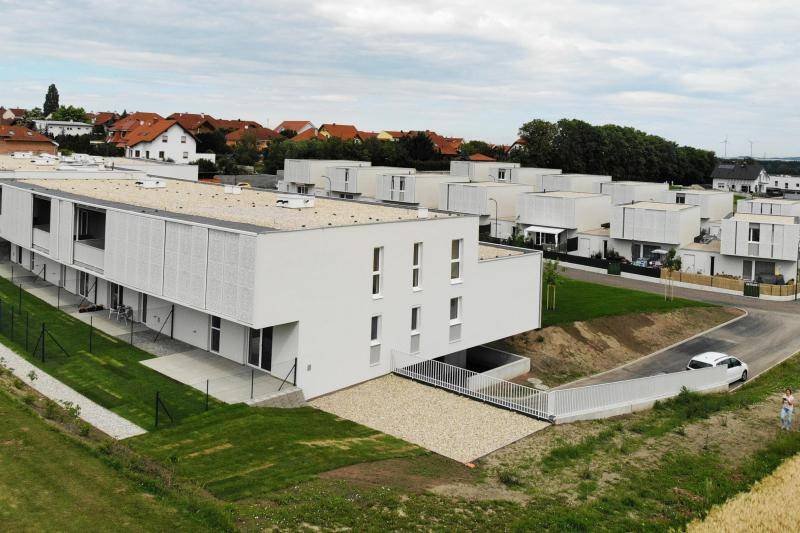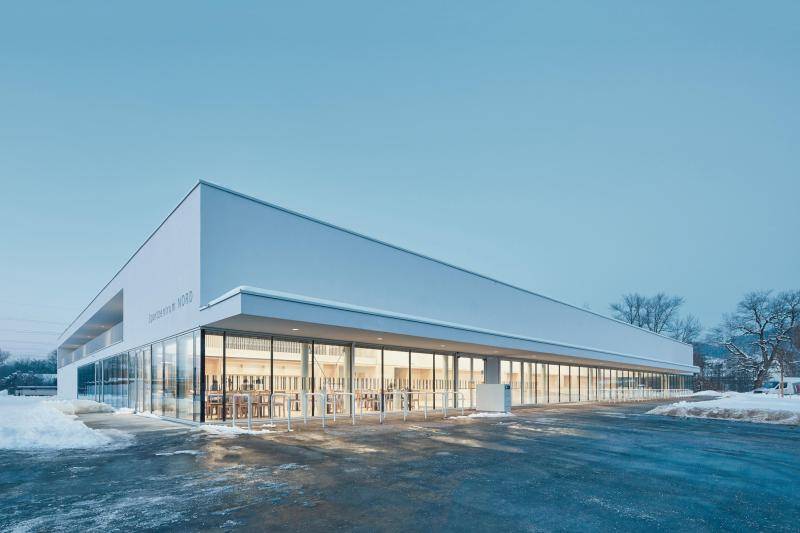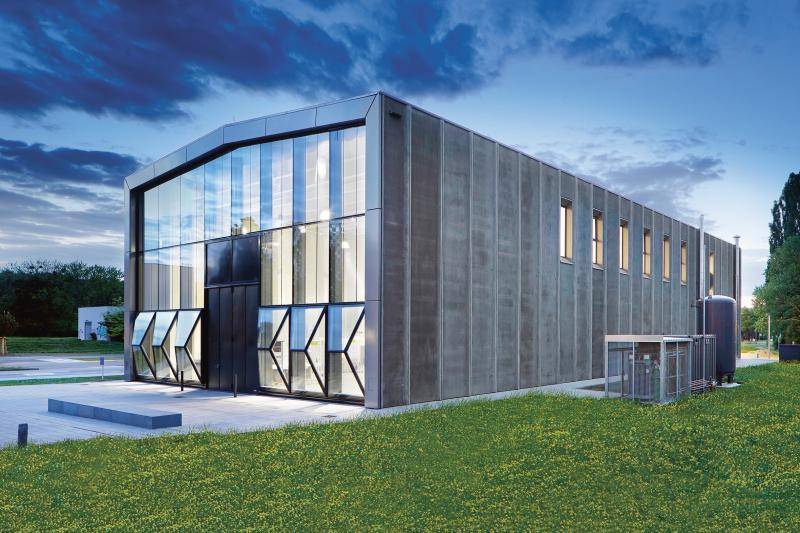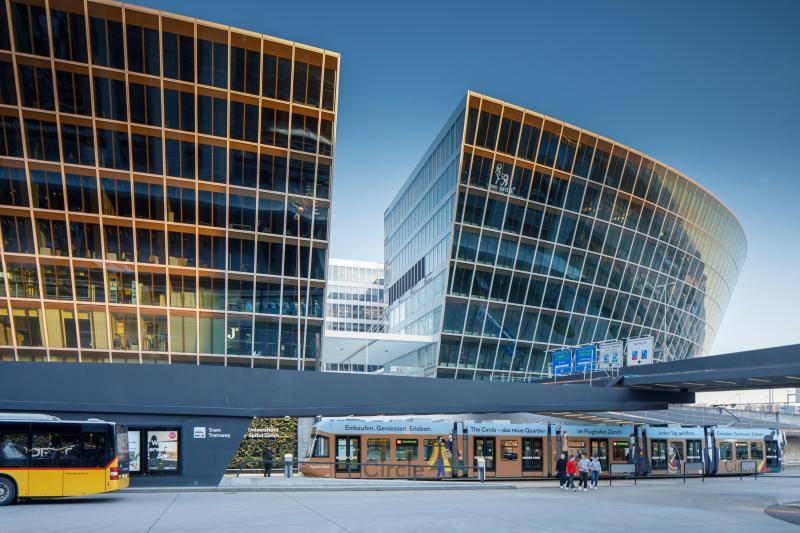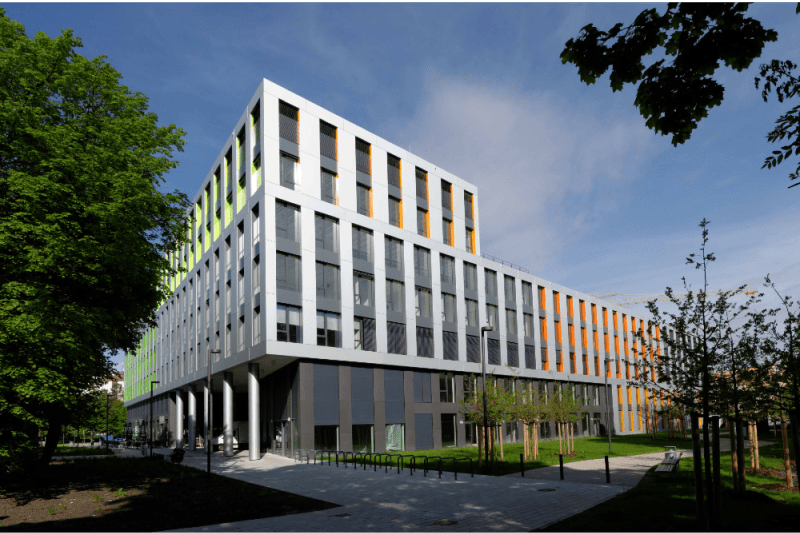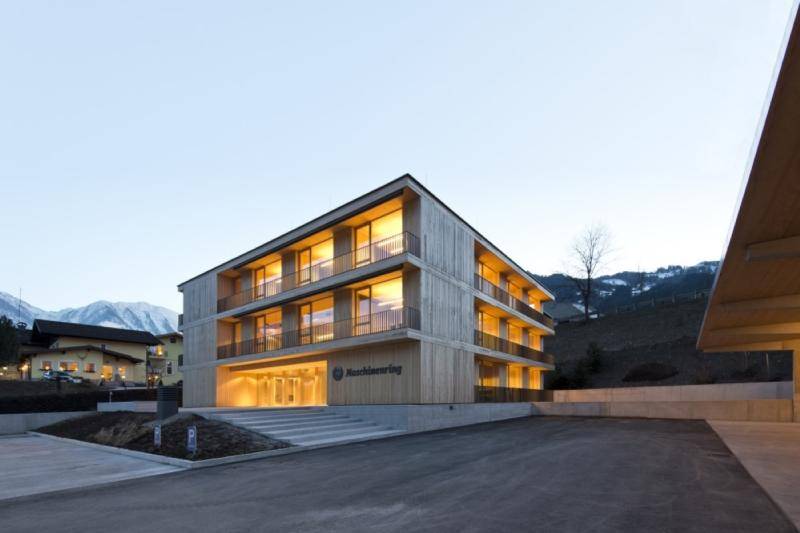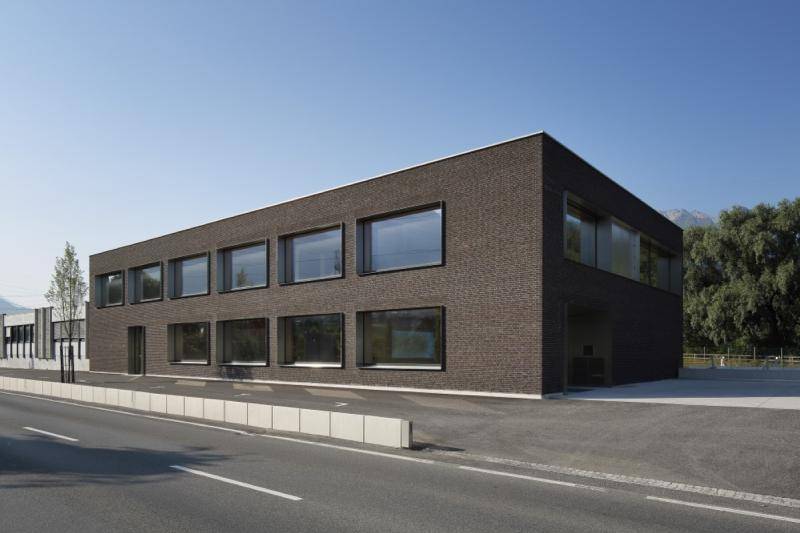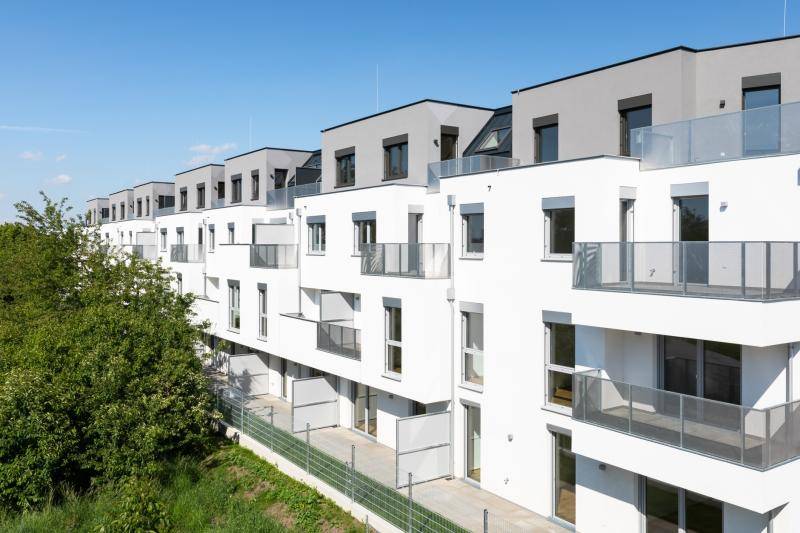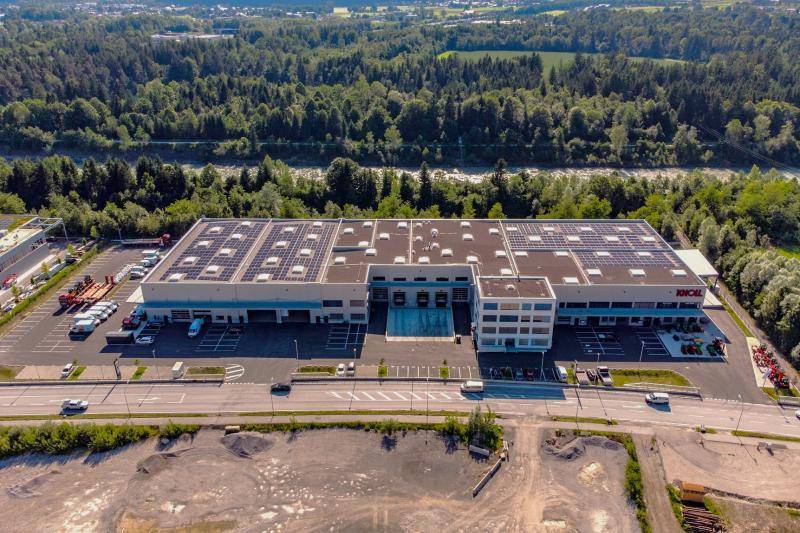Extension Art House Zürich
The extension of the Art House Zürich is consistently well thought through. Architecturally a milestone - sustainable, above all because of concrete and of course including building component activation. A synthesis of the arts that is already considered a showcase example of urban planning.
Einfache Gesellschaft Kunsthaus Erweiterung – EGKE
2021
Structural engineering: IGB Ingenieurgruppe Bauen, dsp - Ingenieure & Planer AG; management overall: Niels Hochuli, Dreicon AG; building services: Polke, Ziege, von Moos AG, Zürich, Hefti. Hess. Martignoni. Holding AG; building physics: Kopitsis Bauphysik AG
23.300 m²
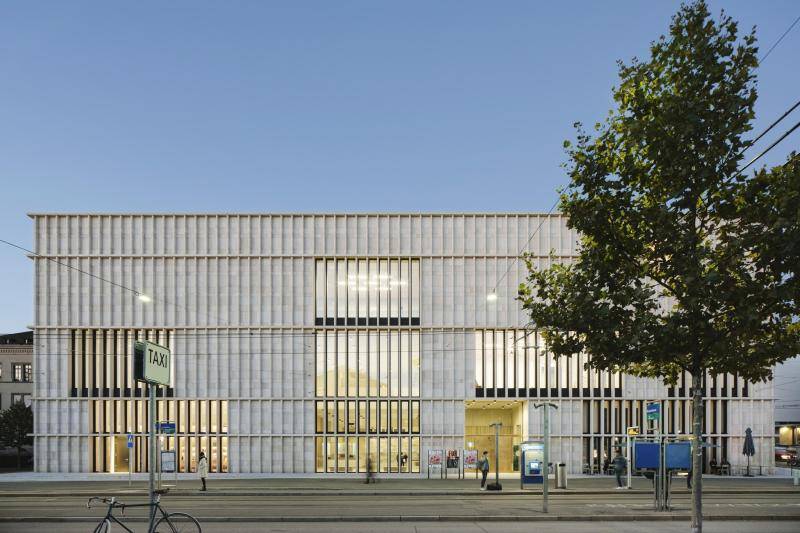
In 2008, the goals of the 2000-watt-society were anchored in the municipal code of the city of Zurich and were accordingly to be applied in a forward-looking manner in the context of the new building for the museum. A challenge that the architects were happy to take on. In the case of the Chipperfield building: sustainable, because of concrete. Because even if the building material is repeatedly under fire from an ecological point of view: used intelligently, concrete opens up undreamed-of possibilities and proves unbeatable in terms of sustainability. In this case, the compact building form is not only an urban planning response to the existing ensemble of surrounding buildings - the advantageous relationship between the building envelope and volume also enabled optimized use of materials and thus a reduction in the amount of gray energy used. Over 90 percent recycled concrete with greenhouse gas-reduced cement was used for the exposed concrete surfaces.
The solid construction, including excellent thermal insulation, also brings energy benefits for the operation thanks to a particularly balanced indoor climate. The need for heating and cooling loads could be minimized and is served by means of component activation in the walls and ceilings. Compared to conventional museum buildings, the Kunsthaus Zürich relies on highly efficient heat pumps that use the building's subsoil as a seasonal heat and cold reservoir via a ground probe field. Another aspect that helps to save energy: the maximum use of daylight by means of generously dimensioned facade fronts on the lower floors and large-scale skylights on the top floor, supplemented by smart, sensor-controlled and energy-saving LED technology.
(Text: Linda Pezzei; Z+B magazine; in shortened form)




